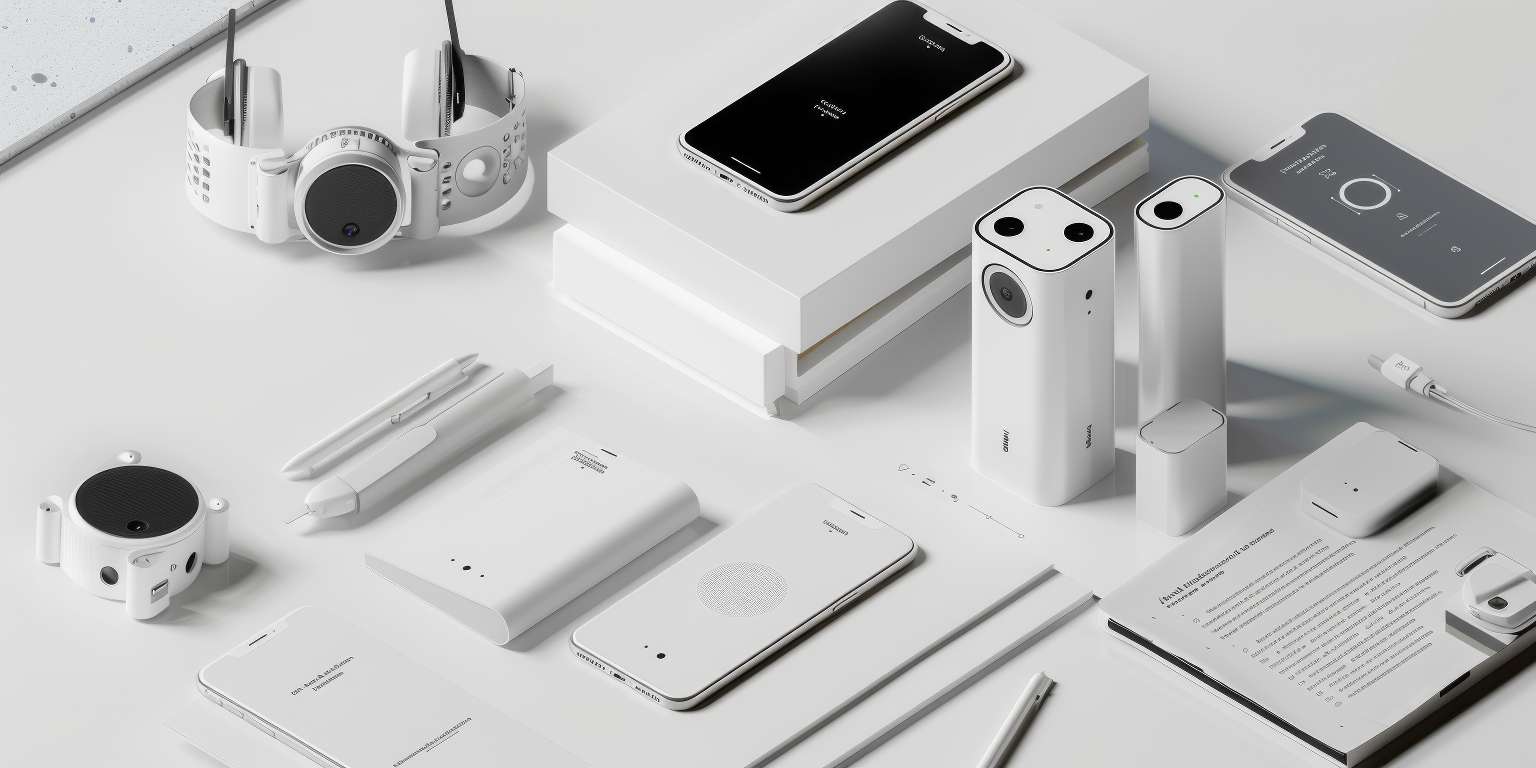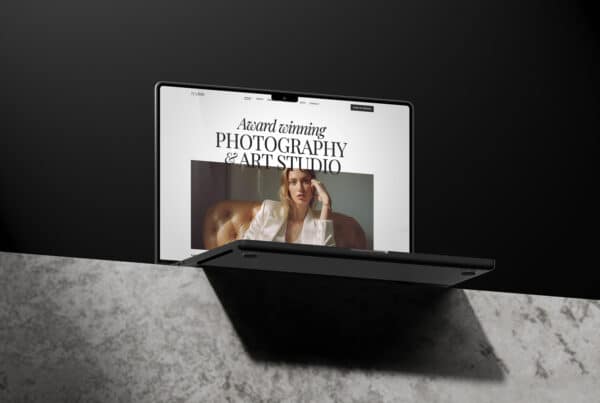Artificial intelligence (AI) is rapidly transforming the landscape of graphic design and graphic design tools. It offers new possibilities and efficiencies for creative professionals. By exploring the intersection of artificial intelligence in design, we can uncover the myriad ways in which this technology is revolutionizing the design industry. The integration of AI in graphic design has opened up a wealth of new avenues for creativity and efficiency for more efficient design, where top-trained designers can create designs at a fraction of the time normally taken. AI has opened up opportunities not only to beginners but to the top 1% of designers at DesignX who are incorporating AI into various workflows to increase results for customers and level up the creativity of campaigns across all customer touch points.
Let’s delve into some of the key ways AI is transforming this field:
How AI is Transforming The Design Industry
Automating Repetitive Tasks:
One of the significant benefits of AI in design is its ability to automate repetitive tasks. AI can assist in optimizing tasks like resizing images, organizing files, and selecting colors. By automating these mundane duties, designers can focus more on the creative aspects of their work. This shift not only enhances productivity but also allows designers to invest their time in more value-added activities, ultimately driving better creative outcomes and innovation. The popularity of artificial intelligence has led to advancements in these areas.
Intelligent Design Tools:
AI design tools, such as Adobe’s Sensei, provide smart recommendations and adjustments to improve a design. These tools can analyze a design’s elements and offer enhancements, ensuring that the final product is aesthetically pleasing and functional. This means that designers can rely on AI to handle some of the technical aspects, allowing them to push the boundaries of their creative work further and explore new design ideas.
Generative Design / Generative AI:
AI can generate multiple design variations based on a set of parameters defined by the designer. This generative design approach can result in innovative patterns and layouts that a human might not have imagined. It also speeds up the creative process by providing several initial concepts to choose from. This rapid iteration cycle empowers designers to experiment more freely, leading to unique and groundbreaking designs that stand out in a competitive market. The top DesignX talents are already using AI to create rapid iterations of landing pages, branding campaigns, UXUI for mobile apps, responsive websites with complicated information architectures and more. The designers that work with AI are going to be exponentially ahead of their colleagues that avoid it. AI makes the design process more efficient and creative across the board.
Personalization and Customization:
AI has the potential to enable hyper-personalization in design by analyzing user data and preferences. For example, an AI system can create unique marketing materials tailored to individual consumer profiles, enhancing engagement and relevance. This level of customization is particularly valuable in marketing and branding, where targeted and personalized content can significantly improve customer engagement and conversion rates.
Enhancing Collaboration:
Using AI tools that offer real-time feedback and version control can enhance collaboration among design teams. Tools like Figma have integrated AI to help teams work more efficiently together, providing immediate suggestions and ensuring consistency across projects. This collaborative environment fosters a more cohesive creative process, enabling teams to produce higher-quality work in less time.
Improving Accessibility:
AI can improve accessibility in design by automatically generating alt text for images, creating designs that adhere to accessibility standards, and even translating content into multiple languages. This makes design more inclusive and ensures that content is accessible to a broader audience. By integrating accessibility features from the start, designers can ensure their work reaches and resonates with a diverse user base.
Trend Analysis:
AI can analyze trends across various sectors and predict future design trends. This analysis can help designers stay ahead of the curve and produce work that aligns with current and future market demands. By leveraging trend data, designers can create more relevant and timely designs that resonate with their target audience, enhancing their brand’s competitive edge.
Image Recognition and Manipulation:
Advanced AI algorithms can recognize and manipulate images with incredible precision. This capability is useful for tasks such as removing backgrounds, applying filters, and even transforming images into different styles or formats. These sophisticated image manipulation tools enable designers to achieve complex effects and adjustments quickly and accurately, enhancing the overall quality and impact of their visual content.
Educational Resources and Skill Development:
AI-driven educational tools can help budding designers improve their skills. Interactive AI tutors and platforms can provide personalized learning experiences, offering feedback and recommendations based on the learner’s progress. This tailored approach to education ensures that designers can continuously develop their skills and stay up-to-date with the latest industry trends and technologies.
Content Creation:
AI can even create content from scratch, including illustrations and animations. For instance, GANs (Generative Adversarial Networks) can be used to create realistic images and unique artworks, adding a new dimension to digital art and design. This capability expands the creative toolkit available to designers, enabling them to explore new artistic possibilities and push the boundaries of their creative expression.
Understanding AI in Graphic Design
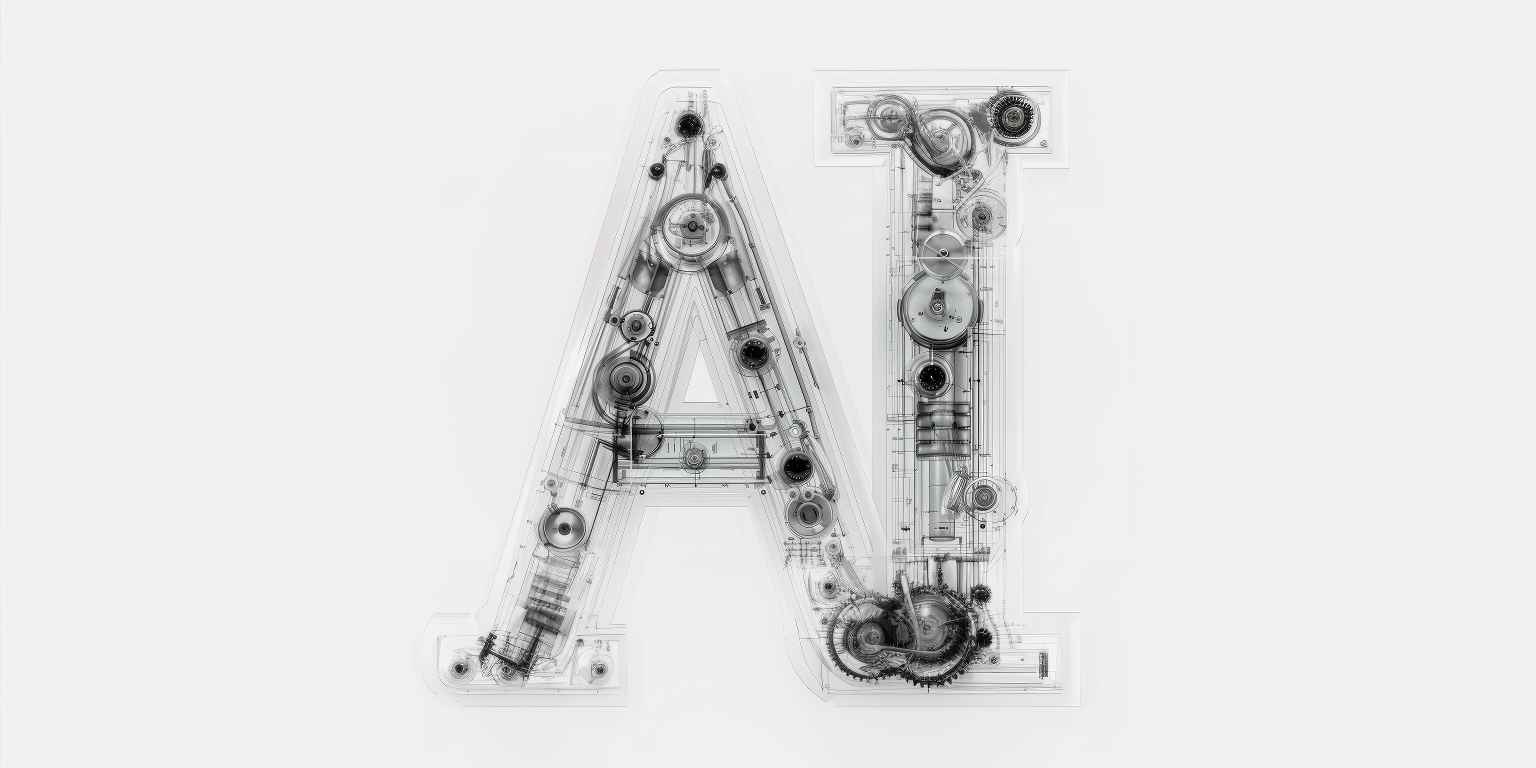
Artificial intelligence in design has a profound impact on the design process, providing designers with tools to automate repetitive tasks and enhance various design elements. AI algorithms can analyze data quickly and accurately, helping designers create new design concepts efficiently. The integration of AI into the graphic design workflows not only streamlines processes but also opens up avenues for more complex and innovative designs. By leveraging AI’s analytical capabilities, designers can make more informed decisions and create more impactful and effective designs.
The Impact of AI on the Design Process
AI tools like AI-powered design systems have the potential to assist graphic designers in leveraging AI to enhance their creative process. By automating certain aspects of design projects, AI can free up time for designers to focus on more strategic and human-centric design principles. The future of artificial intelligence in graphic design will involve a seamless integration of AI and human intelligence, leading to groundbreaking advancements in the field. This synergy between human creativity and AI technology is set to redefine the creative landscape, enabling designers to achieve new levels of innovation and excellence.
Use AI Tools – Revolutionizing Graphic Design
The future of AI in design is bright, with AI algorithms continuously evolving to meet the demands of the industry. These AI systems offer designers the ability to create innovative and cutting-edge designs, pushing the boundaries of what was once thought possible. As AI continues to advance, it will play a crucial role in shaping the future of graphic design, web design, UX design, and the overall creative industries. By staying at the forefront of AI technology, designers can ensure they are well-equipped to navigate and thrive in this rapidly changing landscape.
The Future of Artificial Intelligence in Design

Artificial intelligence (AI) is poised to play a significant role in shaping the future of the design industry by revolutionizing how creative professionals approach their work. From streamlining processes to inspiring new design ideas, the impact of artificial intelligence in design is vast and far-reaching. By embracing AI, designers can unlock new levels of creativity and efficiency, ensuring they remain competitive in an increasingly digital world.
AI’s Role in Shaping the Future of Design Industry
AI’s integration into design workflows is set to transform the industry by offering designers powerful tools to enhance their creativity. By leveraging AI algorithms and machine learning, designers can automate repetitive tasks, allowing for more time to focus on complex design elements. This fusion of human creativity with AI technology is expected to drive remarkable advancements in graphic design, web design, and UX design. By harnessing the power of AI, designers can push the boundaries of their craft and create truly innovative and impactful work.
AI’s Potential to Streamline the Design Process
AI’s ability to streamline the design process is a game-changer for the industry. By using AI-powered design tools, designers can benefit from AI tools that assist in creating innovative designs efficiently. These AI tools not only aid in automating design tasks but also offer insights that can elevate the overall creative process. The future of design will undoubtedly involve a seamless collaboration between human designers and AI technologies. This harmonious blend of human and machine intelligence will enable designers to achieve greater levels of creativity, productivity, and innovation.
AI’s Influence on Design Trends and Inspirations
AI is reshaping design inspiration by providing designers with the means to break creative boundaries. As AI algorithmscontinue to evolve, designers have access to new design possibilities that were previously unattainable. With AI’s influence, the design industry is on the brink of a revolution, where AI-driven creativity and human ingenuity converge to define the future of design trends and inspirations. By embracing AI, designers can explore new frontiers of creativity and bring fresh, innovative ideas to life.
The Benefits and Challenges of Integrating AI in Graphic Design
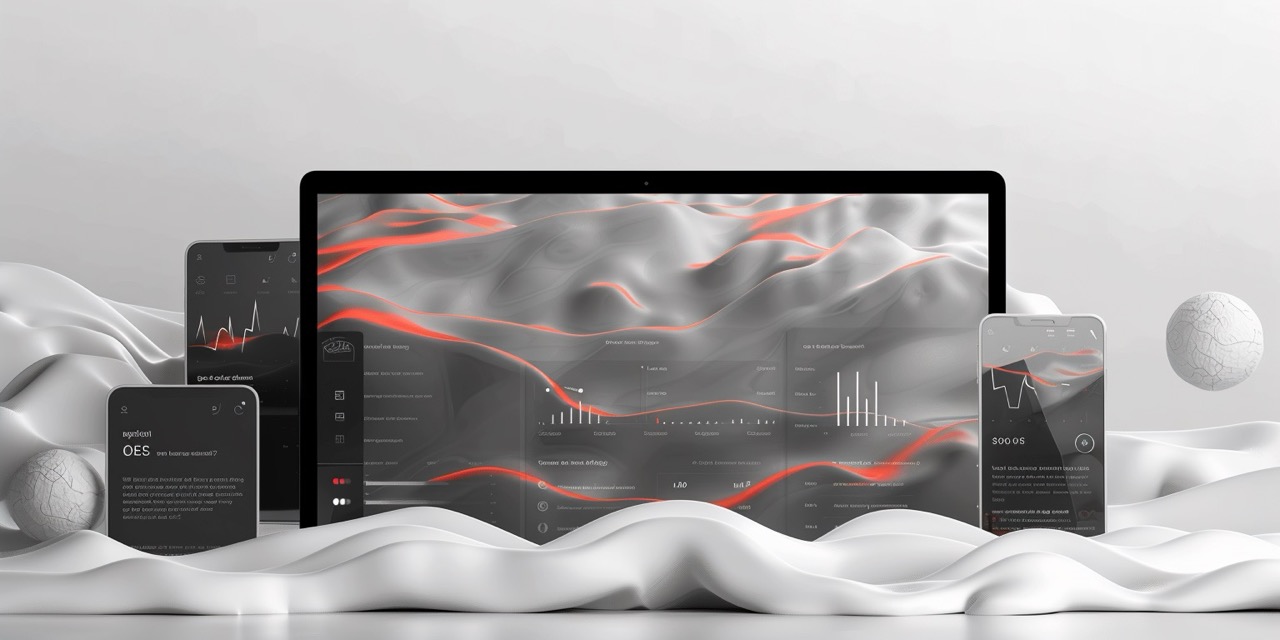
AI has brought numerous benefits to the field of graphic design, transforming the way designers work and sparking new levels of creativity. One of the key advantages of using AI in design is the ability to automate repetitive tasks, allowing designers to focus more on the strategic and innovative aspects of their work. AI algorithms play a crucial role in analyzing data quickly and accurately, facilitating the creation of new design concepts efficiently. This integration of AI in graphic design workflows not only streamlines processes but also leads to more complex and innovative designs. However, designers must also navigate challenges such as ensuring the ethical use of AI and maintaining the human touch in their work.
The Debate: Can AI Replace Graphic Designers?
![]()
As the integration of artificial intelligence (AI) in graphic design continues to evolve, a debate has emerged asking, “Can AI replace designers entirely?” Proponents argue that AI’s ability to automate repetitive tasks enhances efficiency and productivity, while skeptics emphasize the irreplaceable human element in design that encompasses creativity, intuition, and emotional connection. This ongoing debate highlights the need for a balanced approach that leverages the strengths of both AI and human designers.
AI’s Ability to Automate Repetitive Tasks
AI can help in automating mundane and repetitive tasks in graphic design, such as batch processing, data analysis, and template generation. By leveraging AI algorithms, designers can streamline workflows and focus on high-level creative tasks, reducing manual labor and increasing output efficiency. This automation not only improves productivity but also allows designers to allocate more time and resources to innovative and strategic projects, driving greater overall impact and value.
The Human Element in Graphic Design
Despite AI’s advancements and the use of AI in design, the human touch remains quintessential in graphic design. Designers bring unique perspectives, emotions, and cultural context to their creations, attributes that AI struggles to emulate. The intuitive decision-making, storytelling, and visual aesthetics that humans bring to design are elements that distinguish human-designed work. This human element is critical for creating designs that resonate on a deeper emotional level and connect with audiences in meaningful ways.
AI Tools in Practical Use
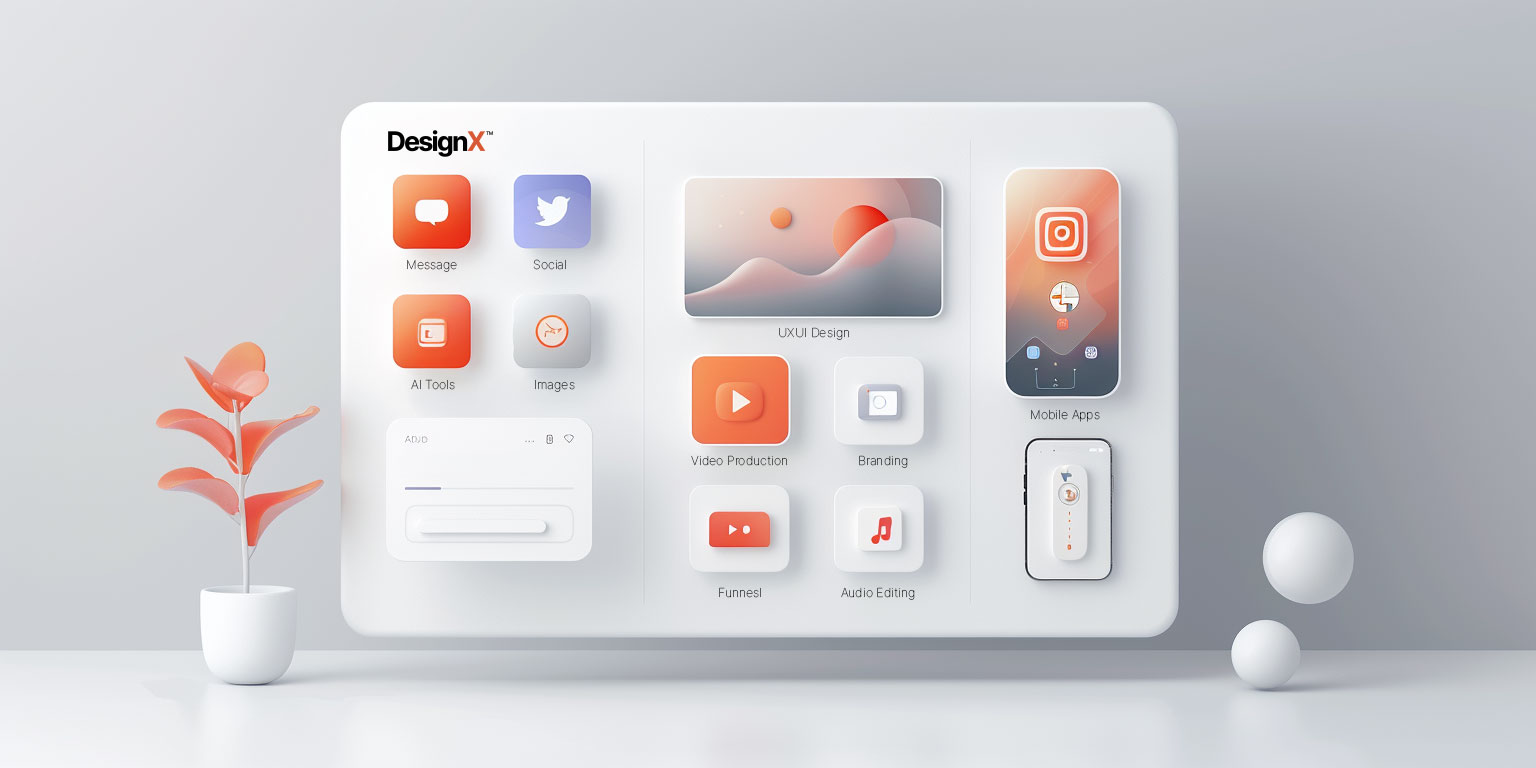
Web Design and AI: A Perfect Match
The synergy between AI and web design is undeniable, with AI-powered tools revolutionizing website creation and optimization. AI can personalize user experiences by analyzing user data and predicting behavior patterns, which helps in creating highly tailored website interactions. This level of customization can significantly enhance user engagement and satisfaction. Additionally, AI-driven predictive analytics allow web designers to make informed decisions based on user behavior insights, ultimately improving overall site performance and achieving better conversion rates.
AI’s Impact on Graphic Design Software
The integration of AI in graphic design software has modernized the design process by providing intelligent suggestions, automating layout adjustments, and enhancing color palettes. AI-powered software can offer designers innovative features such as real-time feedback, error detection, and style consistency checks, which augment creativity and elevate design quality. These advanced capabilities enable designers to explore new possibilities and create more cohesive and visually appealing designs.
Frequently Asked Questions: The Power of AI in Graphic Design in Shaping the Future of Creative Industries
1. How is AI influencing the graphic design industry?
The integration of artificial intelligence in graphic design is revolutionizing the industry by automating repetitive tasks, enhancing the design process, and providing new design possibilities.
2. What are some design elements that AI can be used to manipulate?
AI algorithms can analyze and manipulate design elements such as color schemes, typography, layouts, and image processing to create innovative designs.
3. Can AI replace human intelligence in the creative process?
While AI can automate certain aspects of the design workflow, it complements rather than replaces human creativity, offering tools like generative AI to assist designers in complex design projects.
4. How does AI contribute to the future of graphic design and the creative industries?
AI is set to revolutionize the graphic design industry by integrating machine learning, automating design processes, and enabling designers to leverage AI-powered tools for more efficient and innovative outcomes.
5. What role does AI play in UX design and the creation of user-centric interfaces?
AI systems can help designers in creating highly personalized and intuitive user experiences by analyzing user data, predicting user behavior, and optimizing UX design interfaces.
6. How can designers effectively integrate AI into their design workflow and creative process?
Conclusion
Designers can leverage AI tools and algorithms to streamline their design process and make the design process more rapid and effective. It can be used to generate innovative design concepts, and automate repetitive tasks, freeing up time for more strategic and creative work.
The integration of AI and machine learning across various training sets can help fast-track creating top quality graphic design and transform the creative industries by enhancing efficiency, creativity, and innovation. AI-powered tools automate repetitive tasks, provide intelligent design suggestions, and enable hyper-personalization, allowing designers to focus on more strategic and human-centric aspects of their work. The future of graphic design lies in the seamless collaboration between human creativity and AI technology, leading to groundbreaking advancements in the field.
By embracing AI, designers can unlock new levels of creativity and efficiency, ensuring they remain competitive in an increasingly digital world. The synergy between AI and design is set to drive remarkable advancements, revolutionizing how creative professionals approach their work and shaping the future of the design industry.
Unlock the Future of Design with DesignX: Elite AI-Driven Creativity at Your Fingertips
Imagine transforming your design process into a powerhouse of efficiency and innovation with DesignX. Our core competencies include unlimited design requests, fast delivery, and a fixed monthly rate, all managed seamlessly through a private Trello board. At DesignX, we pride ourselves on having the top 1% of designers who are meticulously hand-picked and trained to be AI-first in all their workflows.
By leveraging advanced AI tools and algorithms, our elite designers streamline their processes, making design faster and more effective. AI helps generate innovative design concepts and automates repetitive tasks, freeing up time for more strategic and creative work.
Integrating AI and machine learning across various training sets accelerates the creation of top-quality graphic design, transforming the creative industry by enhancing efficiency, creativity, and innovation. AI-powered tools handle tedious tasks, provide intelligent design suggestions, and enable hyper-personalization, allowing designers to focus on strategic, human-centric aspects of their work.
For our customers, this means significant savings in money and time, faster time to market, and the ability to avoid costly mistakes and staffing issues. The synergy between AI and our elite designers ensures you receive top-notch designs efficiently and effectively, helping your business stay ahead of the competition.
Embrace the future of graphic design with DesignX. Our unique combination of human creativity and AI technology is revolutionizing how creative professionals approach their work, driving remarkable advancements and shaping the future of the design industry.

